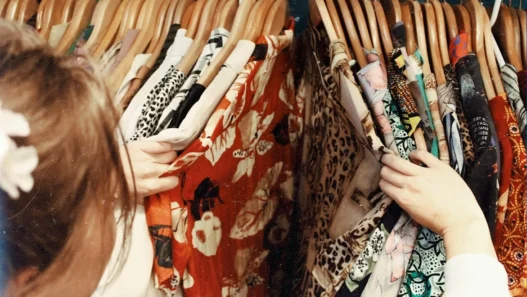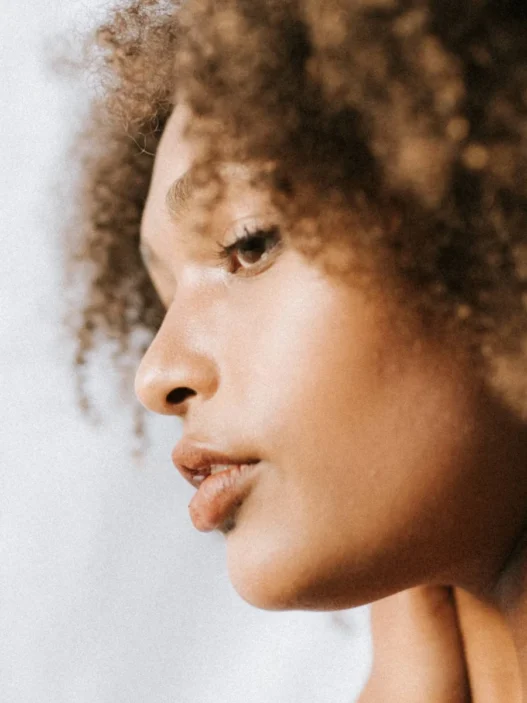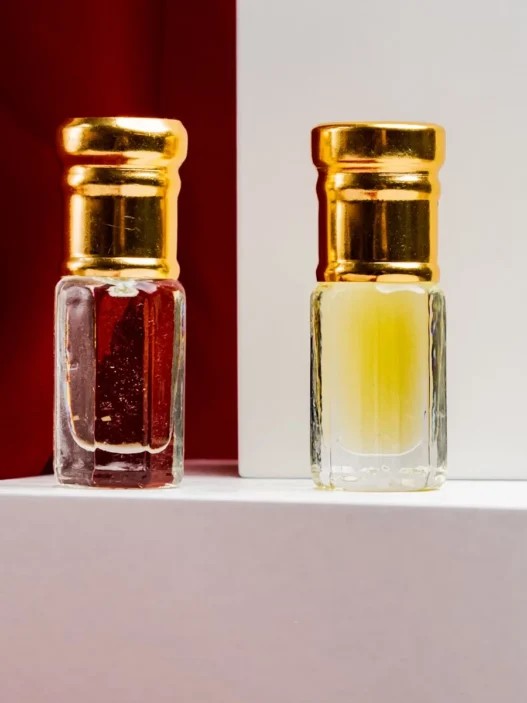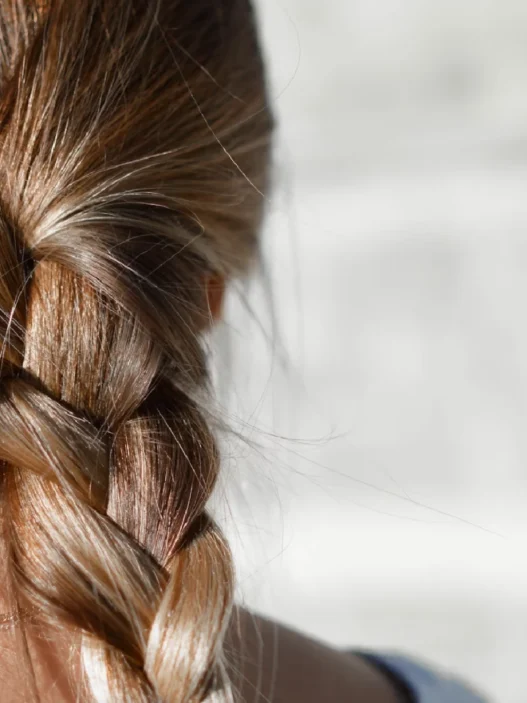In recent years, the beauty world has experienced a noticeable shift—from product-heavy, synthetic routines to more minimal, natural, and culturally rooted skincare. As modern skincare enthusiasts seek authenticity, minimalism, and natural results, centuries-old rituals like Gua Sha facial massage, jade rolling, and Arabian oil treatments have found a new home: on the vanities of Gen Z and millennial users — and on their social feeds.
The impact of social media on skincare trends is undeniable. Viral TikTok tutorials, Instagram reels, and YouTube skincare routines have catapulted these once-obscure tools into mainstream visibility. What’s remarkable is how these ancient practices align with today’s goals: non-invasive sculpting, glowing skin, and holistic wellness.
As interest grows in non-invasive facial sculpting, lymphatic drainage, and oil-based hydration, these time-tested tools have found their way into mainstream routines—with the results to back them up.
If you’re looking to elevate your skincare regimen with high-performing yet natural solutions, these tools are worth a second look. Keep reading to discover their skincare benefits, cultural roots, and the best-rated options available online today.
What Does Gua Sha Actually do?
Gua Sha, which means “scraping sand” in Mandarin, is a technique rooted in Traditional Chinese Medicine (TCM) dating back over 2,000 years. Historically, it was used to stimulate circulation, relieve pain, and promote healing by scraping the skin with a smooth-edged tool. Over time, this technique evolved into a gentler facial massage practice, now widely known for its sculpting and depuffing effects.
On TikTok and Instagram Reels, beauty creators have embraced Gua Sha tutorials to demonstrate dramatic before-and-after results. The visual appeal of the tool, often made from jade, rose quartz, or stainless steel, combined with clear visible effects, has made Gua Sha one of the most searched beauty tools online.
Does gua sha work?
Today, facial Gua Sha is believed to promote lymphatic drainage, reduce facial puffiness, enhance blood flow, and relieve muscle tension, all while delivering a relaxing experience. With consistent use, many users report a more defined jawline, lifted cheeks, and brighter complexion—without any needles, chemicals, or downtime.
Answering Your Most Googled “Gua Sha” Questions
What is the Gua sha tool used for?
The Gua sha tool is believed to give various skincare and overall health benefits, such as:
- Lymphatic drainage: Helps flush toxins and reduce fluid retention.
- Improved blood circulation: Brings oxygen to the skin for a healthy glow.
- Muscle tension relief: Relaxes tight facial muscles, often caused by stress or clenching.
- Enhanced product absorption: Boosts the efficacy of serums and oils.
- Reduction in puffiness and inflammation: Especially effective for tired, puffy eyes and bloated mornings.
What oil should you use for Gua Sha?
Using the right facial oil is essential for safe and effective Gua Sha. Look for lightweight, non-comedogenic oils that provide enough slip to avoid skin tugging. Some of the best oils for Gua Sha include rosehip oil, jojoba oil, squalane, and argan oil — all known for their anti-inflammatory and hydrating properties. These oils also enhance absorption of nutrients during the massage. Avoid heavy or pore-clogging oils like coconut oil on facial skin unless it suits your skin type.
What Gua Sha tool is best?
The ideal Gua Sha tool depends on your facial structure and personal preferences. Rose quartz tools are great for sensitive or easily irritated skin due to their natural cooling effect. Jade tools, slightly denser, are ideal for firmer pressure and are traditionally used in Chinese medicine. For those seeking more precision or deeper massage, stainless steel Gua Sha tools offer better hygiene and durability. Look for tools with multiple angles to target areas like the jawline, cheekbones, and under-eye.
Does Gua Sha slim your face?
While Gua Sha doesn’t “slim” your face in the way fat loss would, it can visibly sculpt and define your features by draining lymphatic fluid, reducing puffiness, and relaxing facial tension. Consistent practice — paired with a healthy skincare routine — may result in a more contoured appearance, especially around the jawline and cheekbones.
Can you Gua Sha every day?
Yes, daily Gua Sha is safe for most people when done gently and with proper technique. Beginners can start with 3 to 4 times per week and gradually increase frequency. Always use a facial oil, avoid broken or inflamed skin, and apply light to medium pressure. Overuse or improper technique can cause irritation or bruising, especially for those with sensitive skin.
Do dermatologists recommend Gua Sha?
Many dermatologists acknowledge Gua Sha as a complementary skincare technique, particularly for improving blood flow and product absorption. While it should not replace evidence-based treatments for acne, rosacea, or other skin concerns, it can be a safe addition to your routine when done correctly. Always consult with your dermatologist if you have underlying skin conditions before incorporating any facial massage tool.
Is there any scientific evidence for Gua Sha?
While scientific research on Gua Sha for facial sculpting is still limited, studies do support its benefits in improving microcirculation and reducing inflammation. A 2011 study published in Pain Medicine found that Gua Sha improved circulation and reduced chronic pain symptoms. While most available research focuses on body Gua Sha, the same principles of circulation and lymphatic movement apply to facial use as well.
What are the disadvantages of Gua Sha?
When used incorrectly, Gua Sha can lead to temporary redness, bruising, or skin sensitivity. Using too much pressure, skipping oil, or using unclean tools may cause irritation or even break the skin’s barrier. It’s also not recommended on broken, sunburned, or cystic acne-prone skin. Like any skincare tool, results depend on consistency, technique, and your individual skin needs.
Jade Rollers: Cooling Rituals with Calming Results
The jade roller is more than just a photogenic beauty tool — it’s a centuries-old staple of traditional Chinese skincare, now made viral by beauty influencers and wellness advocates alike. While many ask “Do jade rollers actually work?”, the short answer is yes — when used correctly and consistently, jade rollers offer a range of skin benefits backed by both tradition and modern anecdotal evidence.
What are the benefits of jade rollers?
At their core, these handheld tools help boost circulation, reduce puffiness, and create a cooling, soothing effect on the skin. The rolling motion stimulates the lymphatic system, helping to flush out toxins and reduce fluid retention, especially around the eyes and jawline. When paired with your favorite serum or facial oil, jade rollers also enhance product absorption, ensuring active ingredients penetrate more deeply into the skin.
Can we use a face roller daily?
Absolutely. In fact, daily use of a jade roller — ideally in the morning to combat overnight puffiness or in the evening for relaxation — can lead to visible improvements in skin tone and texture over time. For optimal results, how often should you use your jade roller? Experts recommend using it once a day for 5–10 minutes, focusing on upward and outward motions on the cheeks, forehead, and neck.
Is Gua Sha better than jade roller?
The answer depends on your goals. Gua Sha offers a deeper, more sculpting facial massage, making it better suited for those looking to contour the face or release muscle tension. In contrast, jade rollers are more gentle, ideal for calming the skin, reducing puffiness, and adding a cooling touch to your routine. Both tools can be used together or alternated depending on your skincare needs.
Which jade is best for the face?
Authentic Xiuyan jade or nephrite jade is traditionally used and offers natural cooling properties, but many modern rollers are made with similar stones like aventurine or quartz. What matters most is that the stone is non-porous, smooth, and genuine, ensuring it glides comfortably across the skin without absorbing bacteria.
Pro Tip: Store your jade roller in the refrigerator for an added de-puffing and refreshing effect — a favorite trick among skincare experts and influencers alike.
Arabian Oils: The Liquid Gold of Middle Eastern Beauty
In Middle Eastern beauty traditions, natural oils have been the cornerstone of skincare for generations. From Moroccan Argan oil to Persian rose oil, these botanical elixirs were used not only for beauty but also for protection against harsh desert climates. Even today, Arabian women are known for their glowing, hydrated skin — often credited to the regular use of cold-pressed, nutrient-rich oils.
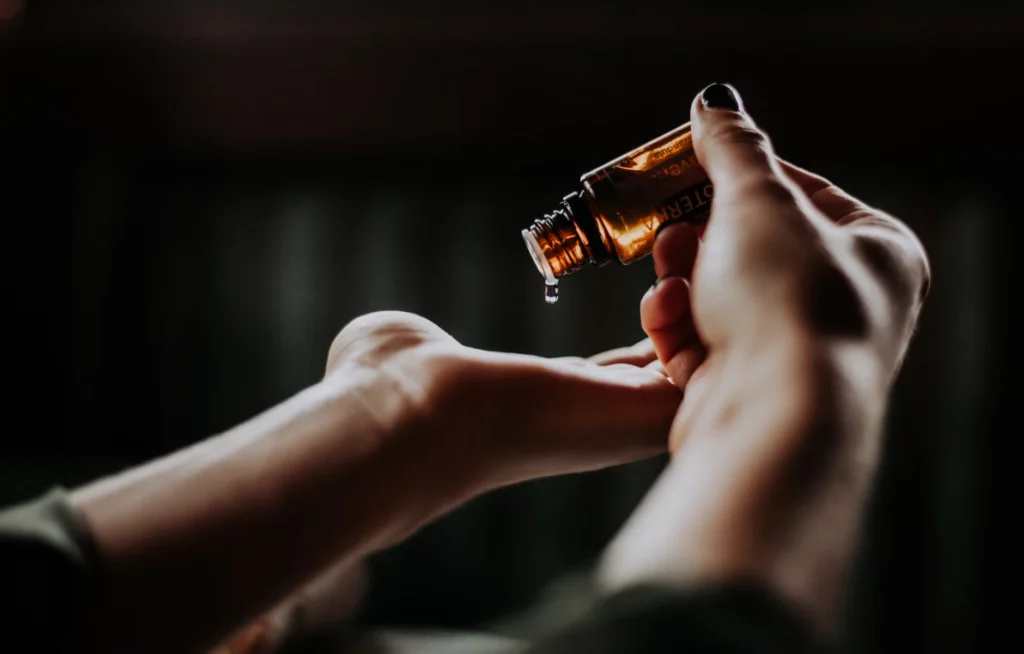
As modern consumers turn toward plant-based skincare and clean beauty, these traditional oils are being embraced for their proven results and cultural legacy.
Why Arabian Oils Are Going Viral in the West
Rooted in centuries-old rituals, Arabian oils have long been trusted for their skin-transforming properties. These oils — often extracted through traditional cold-pressing methods — are rich in antioxidants, essential fatty acids, and nutrients that nourish skin deeply. Plus, with consumers becoming more ingredient-conscious, natural facial oils are emerging as preferred alternatives to silicone-based moisturizers and synthetic serums.
Today, the global skincare industry is catching up, with Arabian-origin oils trending on platforms like TikTok and Instagram, especially among users seeking natural solutions for glowing, healthy skin.
Which Natural Face Oil Is Best?
One of the most frequently asked skincare questions — “Which natural face oil is best?” — has a clear answer in the Middle East: Argan oil. Sourced from Morocco, this oil is non-comedogenic, meaning it hydrates the skin without clogging pores, making it suitable even for acne-prone complexions. It’s rich in vitamin E, linoleic acid, and antioxidants that repair the skin barrier, soothe inflammation, and prevent premature aging.
Rosehip oil is another front-runner, known for reducing scars, hyperpigmentation, and fine lines. Native to the Middle East and parts of North Africa, rosehip oil contains natural retinoic acid — a gentler, plant-based retinol alternative that promotes collagen production and speeds up cell turnover.
Pro Tip: Apply Argan or Rosehip oil after your serum but before moisturizer to lock in hydration and maximize glow.
What Is the Best Cold-Pressed Oil for Skin?
Cold-pressed oils retain more nutrients because they’re extracted without heat or chemicals, ensuring maximum skincare benefits.
The best cold-pressed oils available in the Middle East include:
Josie Maran 100% Pure Argan Oil
Best for: Dry, dull skin
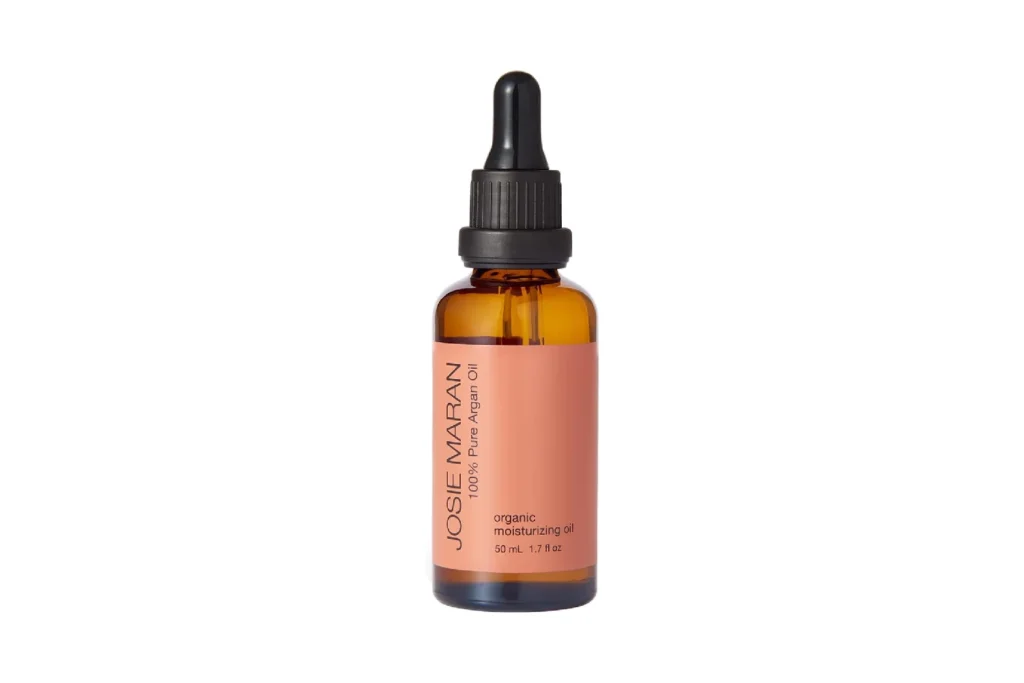
Why it’s loved: Lightweight yet deeply nourishing, this cult-favorite is made from Moroccan Argan nuts and cold-pressed to preserve nutrients. Ideal for use on face, cuticles, and hair.
Available at: Sephora Middle East, Namshi, and Amazon
The Ordinary 100% Organic Cold-Pressed Rosehip Seed Oil
Best for: Acne scars, pigmentation, and fine lines
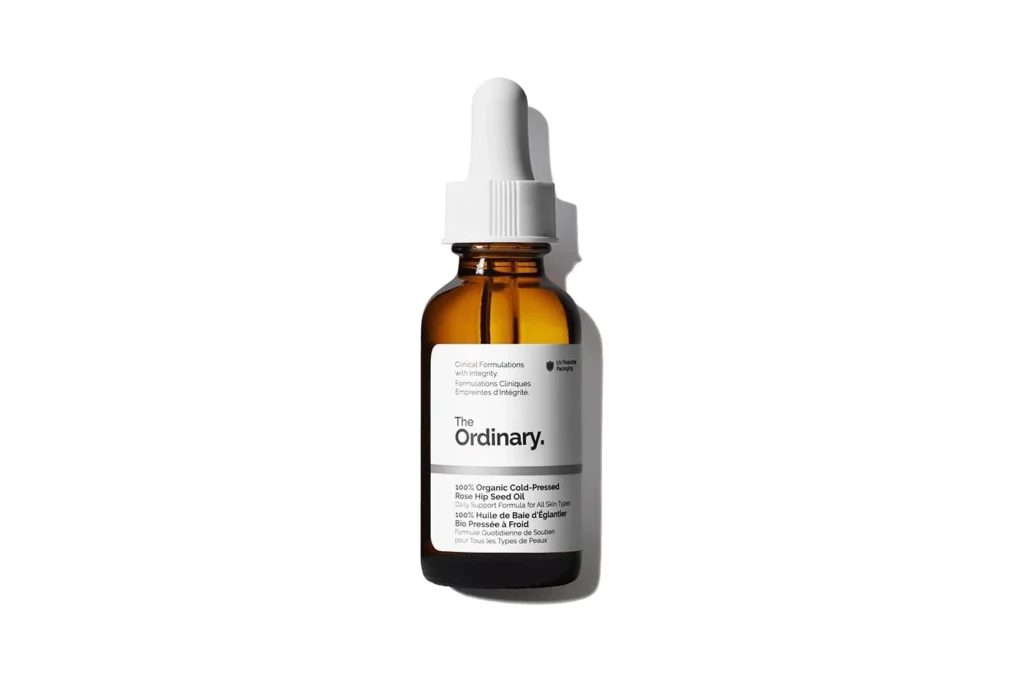
Why it’s loved: Pure, affordable, and effective — with visible results in skin clarity and texture.
Available at: LookFantastic.ae, Noon, and Sephora GCC
Nuxe Huile Prodigieuse Multi-Purpose Dry Oil
Best for: Full-body hydration and glow
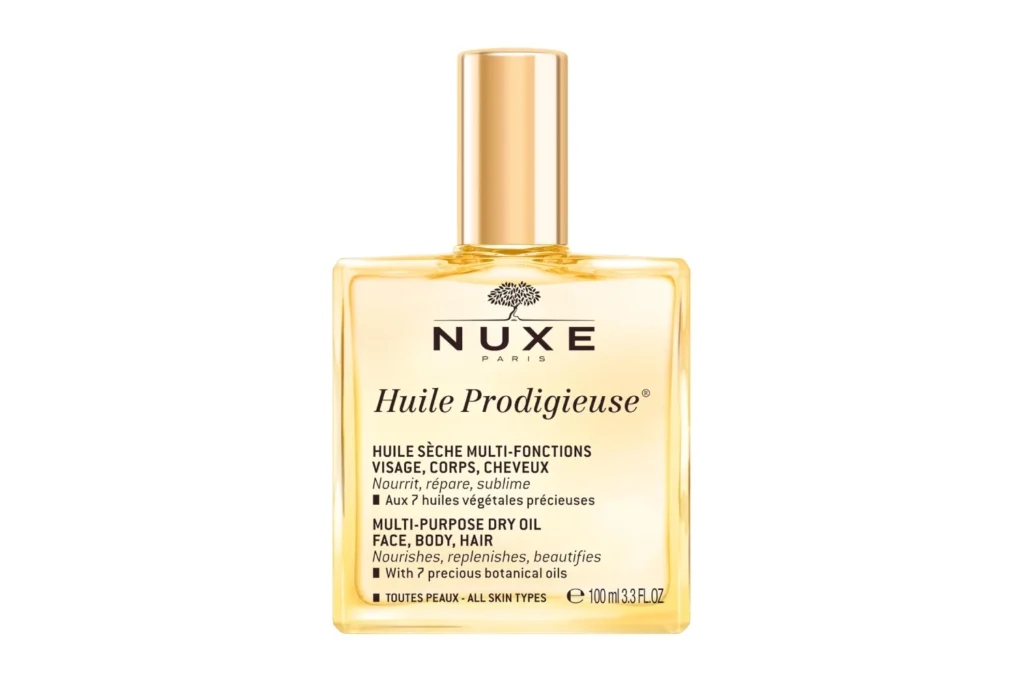
Why it’s loved: A blend of seven plant-based oils (including sweet almond and macadamia) with a cult following for its scent and satiny finish.
Available at: BasharaCare, Ounass, and Namshi
Melvita Organic Argan Oil (Certified ECOCERT)
Best for: Sensitive and mature skin
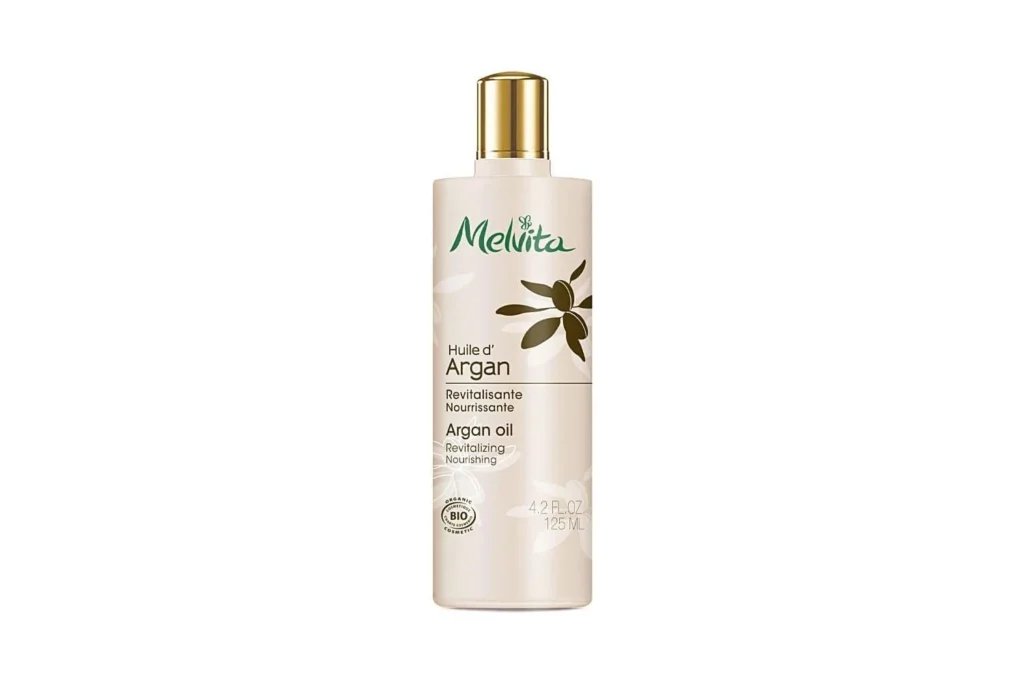
Why it’s loved: Sustainably sourced and rigorously tested for purity — a luxury-grade oil with deep cultural and ethical roots.
Available at: Boutiqaat and Faces (Wojooh)
Which Oil Makes Your Face Glow?
If your skincare goal is radiance, you’re likely asking: “Which oil makes your face glow?” Among Arabian oils, Top sellers in this category include:
Heritage Store Rosewater Facial Oil
Best for: Glow + hydration combo
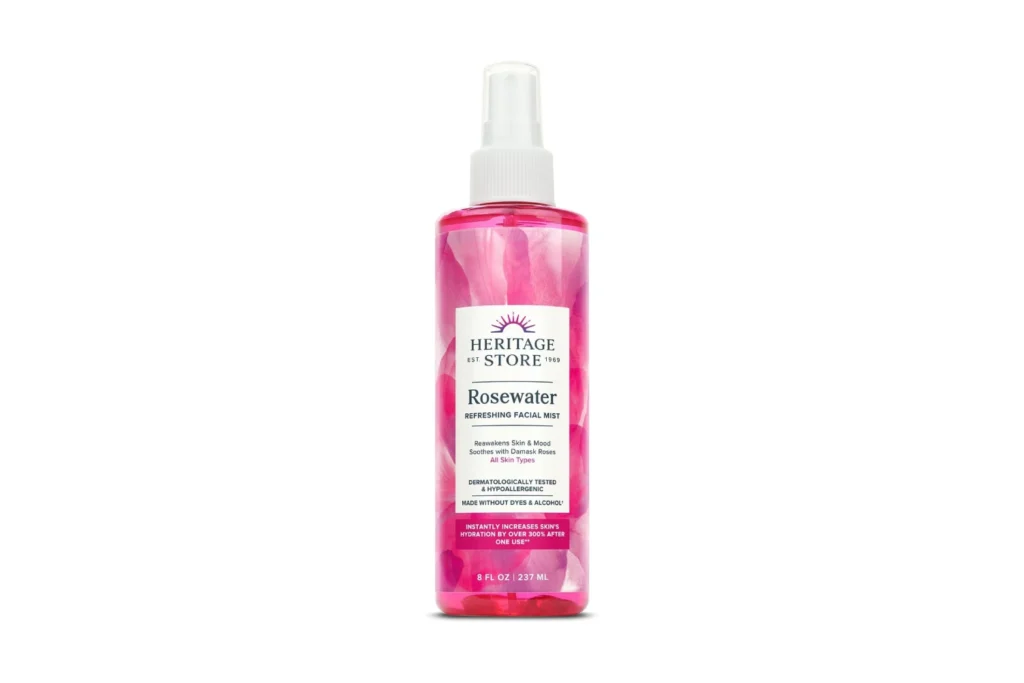
Why it’s loved: Infused with rosehip and jojoba oil, it not only hydrates but also refreshes the skin with rosewater’s natural toning effect.
Available at: iHerb and Amazon.sa
Farsali Rose Gold Elixir
Best for: Makeup primer and glow boost
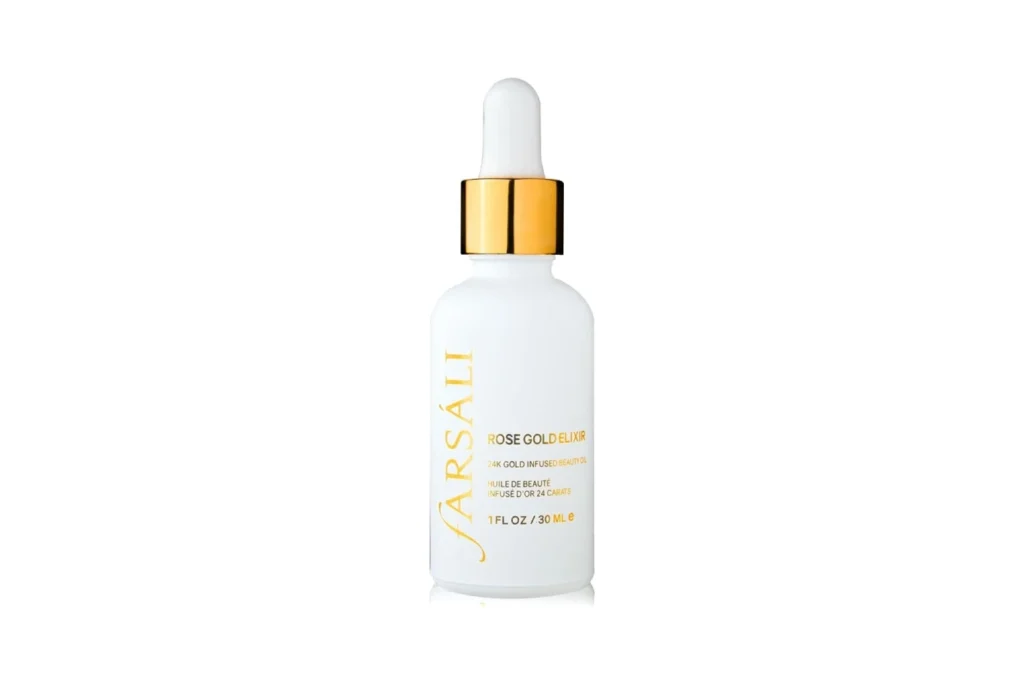
Why it’s loved: A favorite of influencers for its subtle shimmer and makeup-enhancing formula, with 24K gold flakes for added luminosity.
Available at: Sephora Middle East and Namshi
How to Use Arabian Oils in a Modern Skincare Routine
- Apply 3–5 drops of oil after cleansing and toning.
- For dry skin, layer it under a moisturizer to seal in hydration.
- For oily or combination skin, use at night in place of a cream.
- Combine with tools like Gua Sha or jade rollers for better absorption and circulation.
Ready to find your skin’s glow? Shop the top-rated, cold-pressed oils now trending in the Middle East, and elevate your skincare ritual — the natural way.





